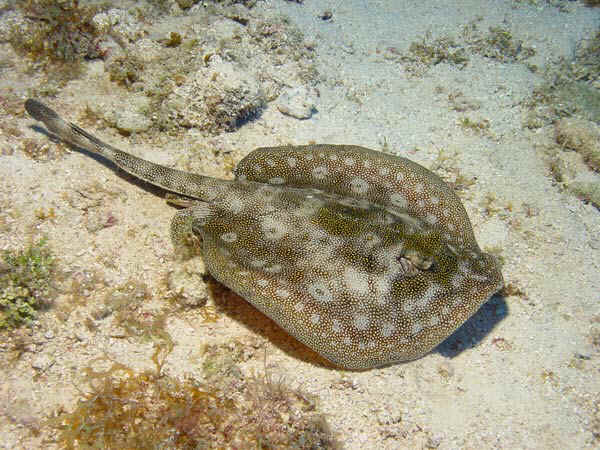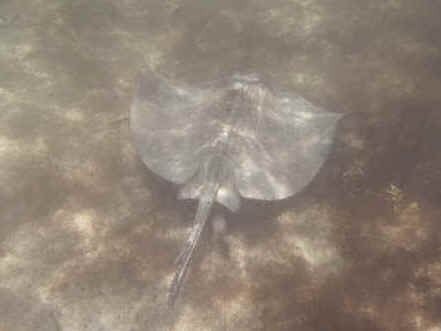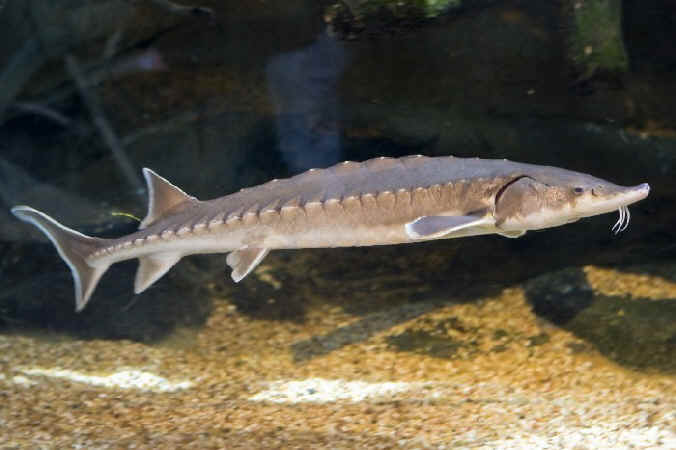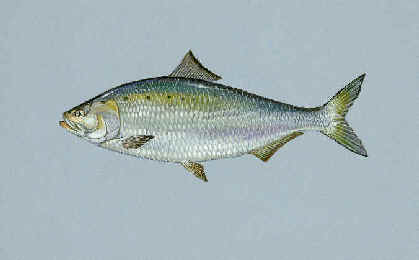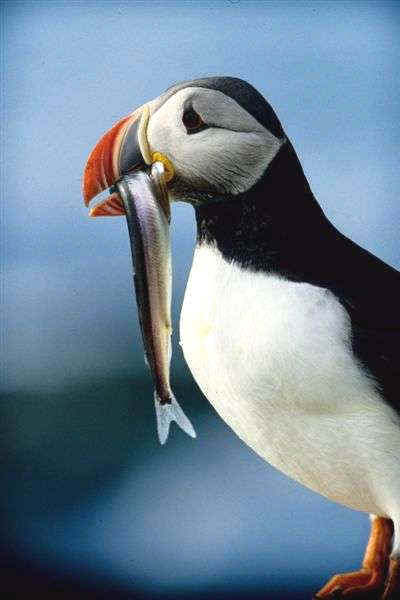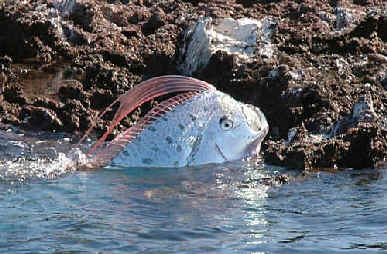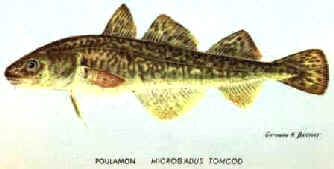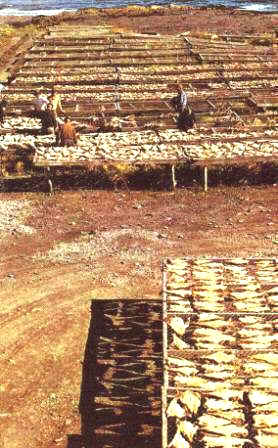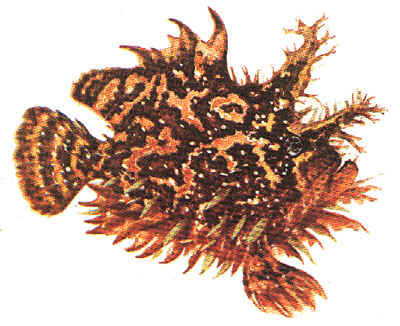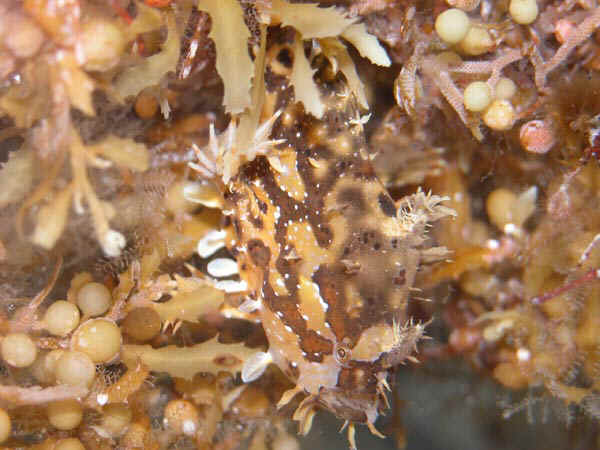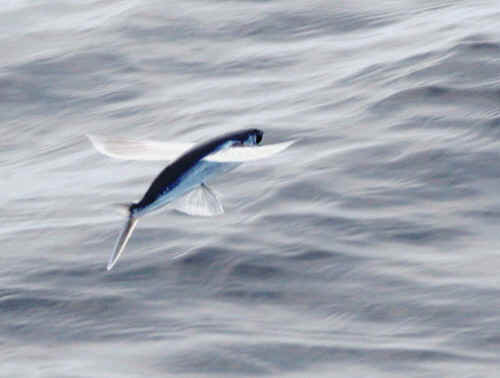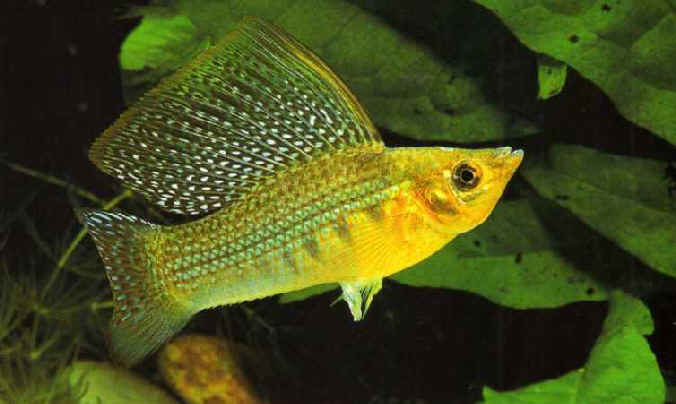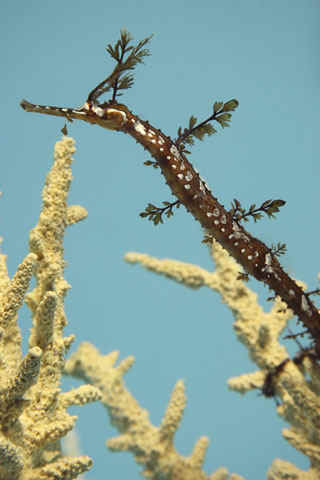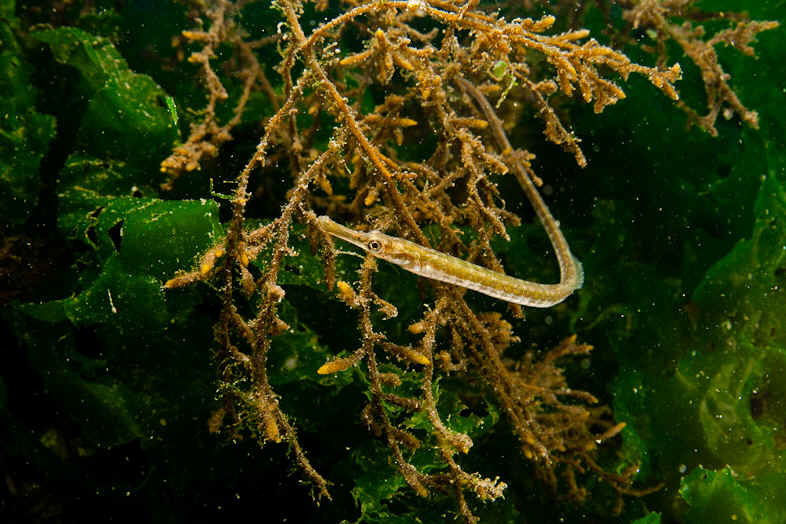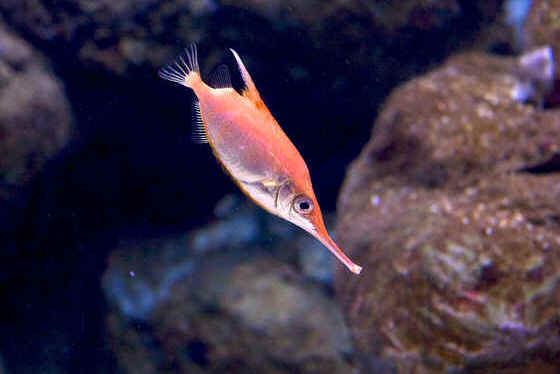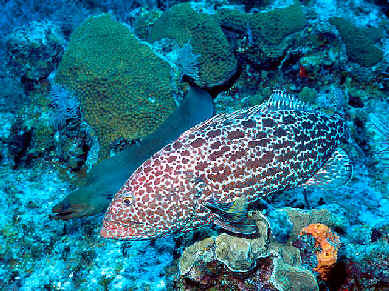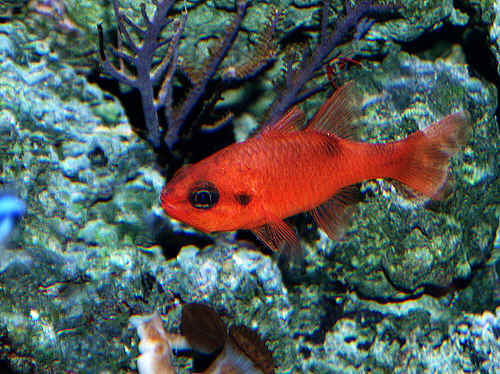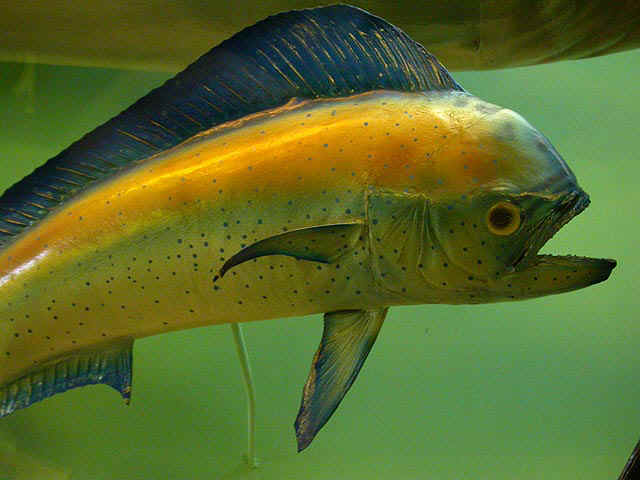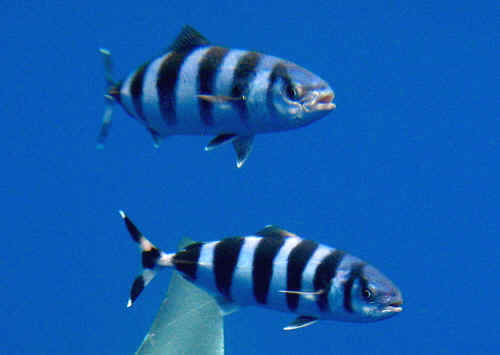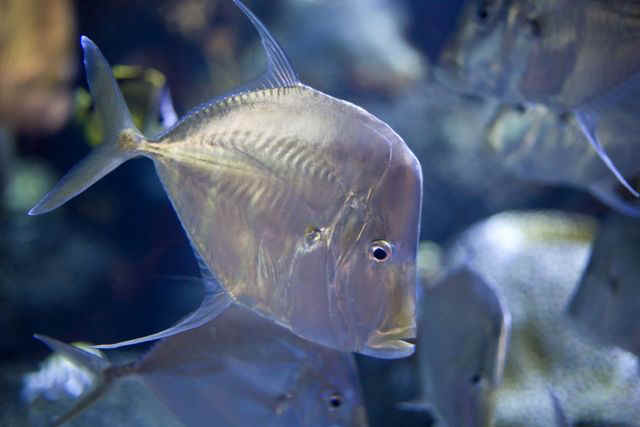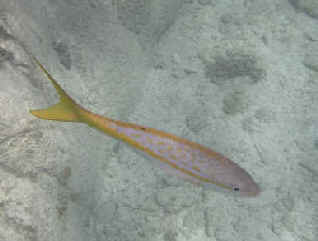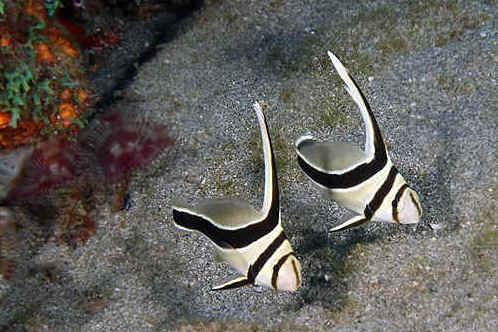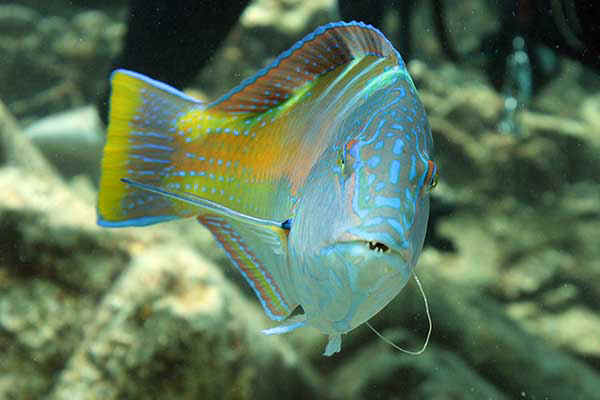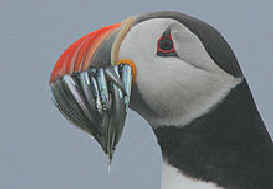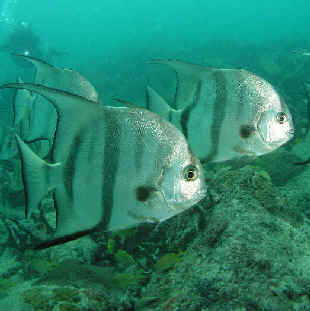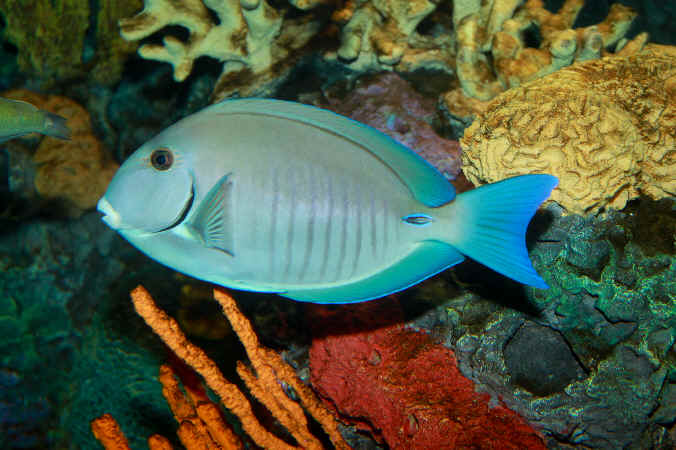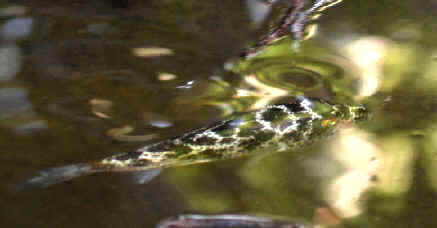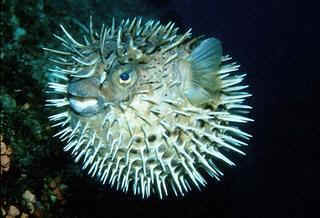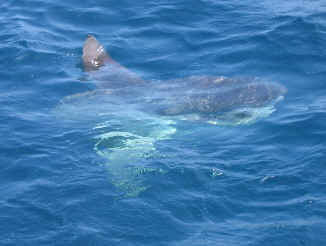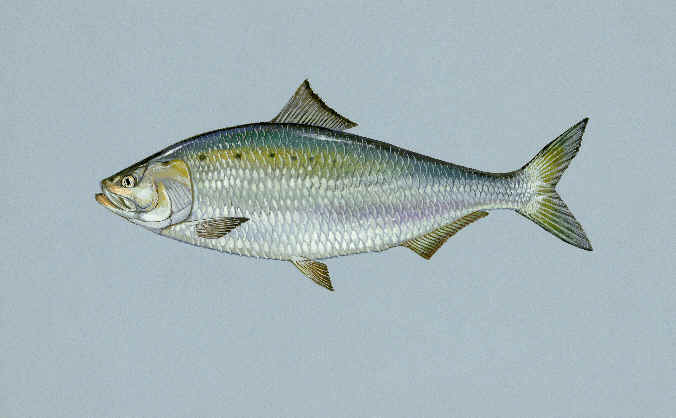 MARINE
MARINE
FISH
of Eastern
North America
in the
Atlantic Ocean
including inshore and offshore waters
of coastal North Carolina,
and south to Florida, north into Canada
and beyond that to ICELAND
A list compiled by Armas Hill
With those seen during FONT tours
and pelagic trips
with an (*)
Photo at upper
right: AMERICAN
SHAD,
a fish in eastern North America in both salt and fresh water
A fine & interesting book about the
SHAD is "The Founding Fish" by John McPhee, 2002.
Links:
A
Listing of scheduled Focus On Nature Tours Upcoming
Focus On Nature Tours in North America
FONT
Past Tour Highlights
Links, to groupings of
fish in the following list:
Sharks
Sawfishes
Guitarfish Sturgeons
Gars Tarpon
Skates & Rays
Eels
Anchovies
Herrings Smelts
Salmon
Opah Hakes
Cods
Goosefishes (inc
"Monkfish") Frogfishes (inc Sargassum
Fish) Mullets
Flying
Fish Seahorses
Dolphin Fish
Remoras Jacks
& Pompanos Pomfrets
Snappers
Mojarras Grunts
Porgies
Drums Goatfishes
Sea Chubs
Tunas &
Mackerels Billfishes
Flounders
Sunfish & Molas
Other
Links:
Other Marine Life of
Eastern North America (except Marine Mammals) (with some photos)
Mammals of Eastern North
America (with some photos)
A List & Photo Gallery of North American Birds, in 6 Parts
Other Nature of Eastern North America
(with some photos):
Butterflies Moths
Dragonflies &
Damselflies Amphibians & Reptiles

Codes:
All of the following
either along the coast or offshore
DE
in Delaware
FL in Florida
MA in Massachusetts
MD
in Maryland
NC in
North Carolina
NH in New Hampshire
NJ
in
New Jersey
NF in
Newfoundland, Canada
IW: in Icelandic
waters
(p)
seen pelagically during an offshore FONT trip
(FGCF:xx) refers to the page with an
illustration in the book "A Field Guide to Coastal Fishes, from Maine to Texas", by
Val Kells & Kent Carpenter, 2011.
These classifications by the ICUN (International Union for Conservation of
Nature)
of threatened & near-threatened species;
(t1): critically endangered
(t2): endangered
(t3); vulnerable
(nt): near-threatened
(ph): species with a photo in the FONT website
THRESHER SHARKS (Family Alopiidae)
- Thresher Shark (t3) (*) ______
MD NC NJ (p)
(FGCF:65)
Alopias vulpinus
The Thresher Shark grows to 20 feet in length. The record weight in Maryland
waters was 642 pounds on June 19, 2009. In New Jersey waters 617
pounds in 2004.
- Bigeye Thresher
(t3) ______ NC (FGCF:65)
Alopias superciliosus
The Bigeye Thresher grows to 15 feet in length.
BASKING SHARK (Family Cetorhinus)
-
Basking Shark (t3) (*) ______ NC
NJ
(p) IW (FGCF:67)
Cetorhinus maximus
The Basking Shark is the world's second largest fish (after the Whale
Shark). It can be over 30 feet long
and weigh more than 4 tons; and it can jump completely out of the water.
A link to the BASKING SHARK PROJECT of the MARINE
CONSERVATION SOCIETY:
www.baskingsharks.org/content.asp?did=26661
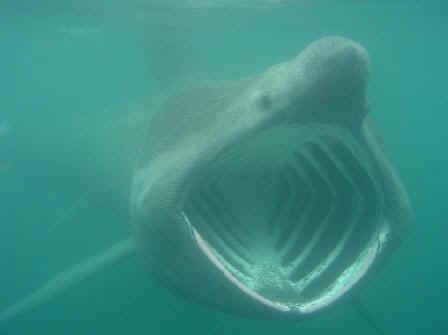
With its mouth open, a Basking Shark
SOME COMMENTARY REGARDING SHARKS (38
species are in this list):
The shark fin trade has contributed to catastrophic declines of shark
populations worldwide. It threatens to disrupt ocean ecosystems and
encourages the proliferation of other predators, which in turn diminishes
stocks of fish for human consumption.
Finning is the cutting off the fins of sharks and then throwing the
fish back into the ocean, often while still alive.
The fins are used in the preparation of shark fin soup, which has
been considered a Chinese delicacy.
Countries that currently have shark finning regulations include: American
Samoa, Argentina, Australia (most states & territories), the
Bahamas, Brazil, Canada, Cape Verde, Chile, Colombia, Costa Rica, Ecuador,
Egypt, El Salvador, the European Union, Honduras, India, Mexico,
Namibia, Nicaragua, Oman, Panama, South Africa, and the United
States.
Overall, 2011 was a key year for shark conservation. Hopefully, the
realization will continue of the value of a healthy shark population
for ecosystems and economies, supporting a policy of protecting sharks
in the waters of the world.
A good and informative book about sharks is "The Shark
Watcher's Handbook", by Mark Carwardine & Ken Watterson,
published in 2002.
SAND TIGER SHARKS (Family Odontaspididae)
- Sand Tiger Shark (t3)
______ NC NJ
(FGCF:65)
Carcharias taurus
The Sand Tiger Shark is not to be confused with the Sand Shark
or the Tiger Shark (both below), and even though its scientific name,
Carcharias taurus, means "bull
shark", it is not to be confused with the Bull Shark (also
below).
The Sand Tiger Shark grows to a length of 19.4 feet. The record
weight in New Jersey waters was 246 pounds in 1989 in the Delaware
Bay.
- Smalltooth Sand Tiger Shark
(t3) ______ FL NC (also
called the Bumpytail Ragged-tooth Shark)
Odontaspis ferox
MACKEREL SHARKS (Family Lamnidae)
Four types of fish
have been found by the Food & Drug Administration of
the US government to often have mercury levels above 1 part per
million (ppm): shark, King Mackerel, Swordfish, and Tilefish.
These species accumulate mercury as they grow larger because they consume
large amounts of small fish.
All four species just noted combined add up to a very small amount (about 1
per cent) of the fish Americans eat. The average mercury level in all the
types of fish Americans east is low - 0.086 ppm, weighted for consumption.
- Great White Shark
(t3) ______ MD NC NJ
(FGCF:67)
(species described by Linnaeus in 1758)
Carcharodon carcharias
The Great White Shark grows up to 19 feet in length. The record
weight in Maryland waters was 467 pounds on June 11,
1992. In New Jersey waters 759 pounds in 1988.
- Shortfin Mako
______ MD NC NJ (FGCF:67)
Isurus oxyrinchus
The Shortfin Mako grows up to 8
feet in length.
- Longfin Mako
(t3) ______ MD NC NJ (FGCF:67)
(species described in 1966)
Isurus paucus
The Longfin Mako grows up to 13 feet in length.
The record weight of a Mako Shark in Maryland waters was 876 pounds
on June 20, 2009. In New Jersey waters 856 pounds in 1994.
- Porbeagle
(t3) ______ NC IW (FGCF:67)
Lamma nasus
(Range: Iceland south to North Carolina)
The Porbeagle grows up to 8 feet in length.
____________________________________________________________
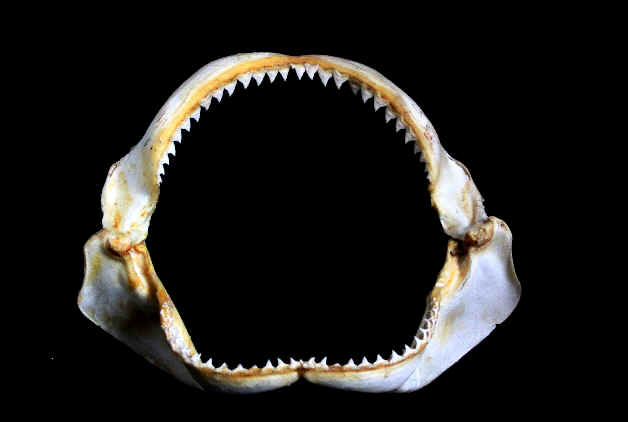
Above: the jaws of a shark
Below: up to five rows of the shark's sharp teeth
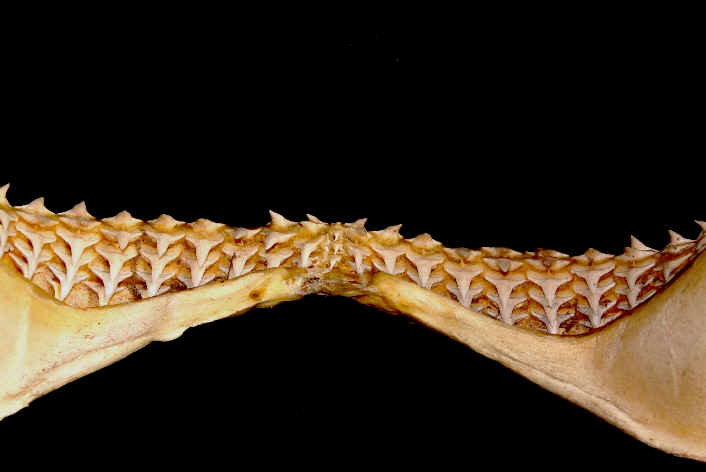
REQUIEM SHARKS (Family Carcharhinidae)
- Bull Shark ______ NC
(FGCF:71)
Carcharhinus leucas
The Bull Shark grows up to 11 feet in length.
- Blacknose Shark
______ NC (FGCF:69)
Carcharhinus acronotus
The Blacknose Shark grows
up to 4.6 feet in length.
- Bignose Shark
______ (FGCF:71) (species
described in 1950)


 MARINE
MARINE ![]()



